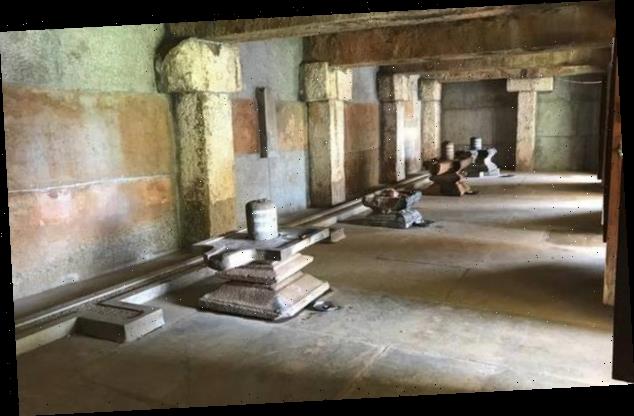Granite. Marble. Sandstone. Limestone. Anupama Mohanram on the eco-benefits of using the material in construction
Natural stone flooring was a common feature in traditional Greek architecture over 3,000 years ago. Small stones were laid in a mortar bed to form stone mosaics, and this style evolved when the smaller pieces were replaced with larger, flat stone slabs.
Marble was one such stone widely used by the Greeks for its light, translucent texture that would reflect sunlight. A special Turkish marble was used in royal palaces as a symbol of prestige. Natural stone was also widely used during the Roman Empire.
Closer home
In India, the use of natural stone can be seen early monuments and ancient temples. In most South Indian temples, black granite flooring was a norm. The various kinds of stone available in the country include granite, marble, sandstone, limestone (cuddapah, Shahabad, Kota, etc.), slate, and quartzite.
The unpolished stone is not only relatively cool, but its roughly cut surface is good to walk on: a form of acupressure as it improved blood circulation.
Other benefits
Eco-factor: Even though its processing involves mining and quarrying, it does not require any direct energy for production. This results in less pollution and lower energy use.
Insulation: Its thermal mass provides insulation, thus maintaining occupant comfort and saving energy needed to cool the spaces.
Durability: Stone is more durable than manufactured tile floors. It doesn’t get scratched or stained easily too.
Healthier: Chemical and synthetic-free, stone is better for the health of our spaces and our physical well-being as well.
Cost-effective: Natural stone is usually available locally and results in lowered transportation costs. Its durability also means lesser expenditure on replacements.
Variety is key
The varied textures and colour variations of natural stone, along with its quality of timelessness, make it an interesting flooring material.
It’s heartening to note that stones are still a prominent building construction material in India — in both, public and private spaces. As we gain awareness of environmental issues, going forward, natural stone is all set to become an integral part of sustainable construction.
The author is the founder of Green Evolution,
a sustainable
architecture firm
Source: Read Full Article

